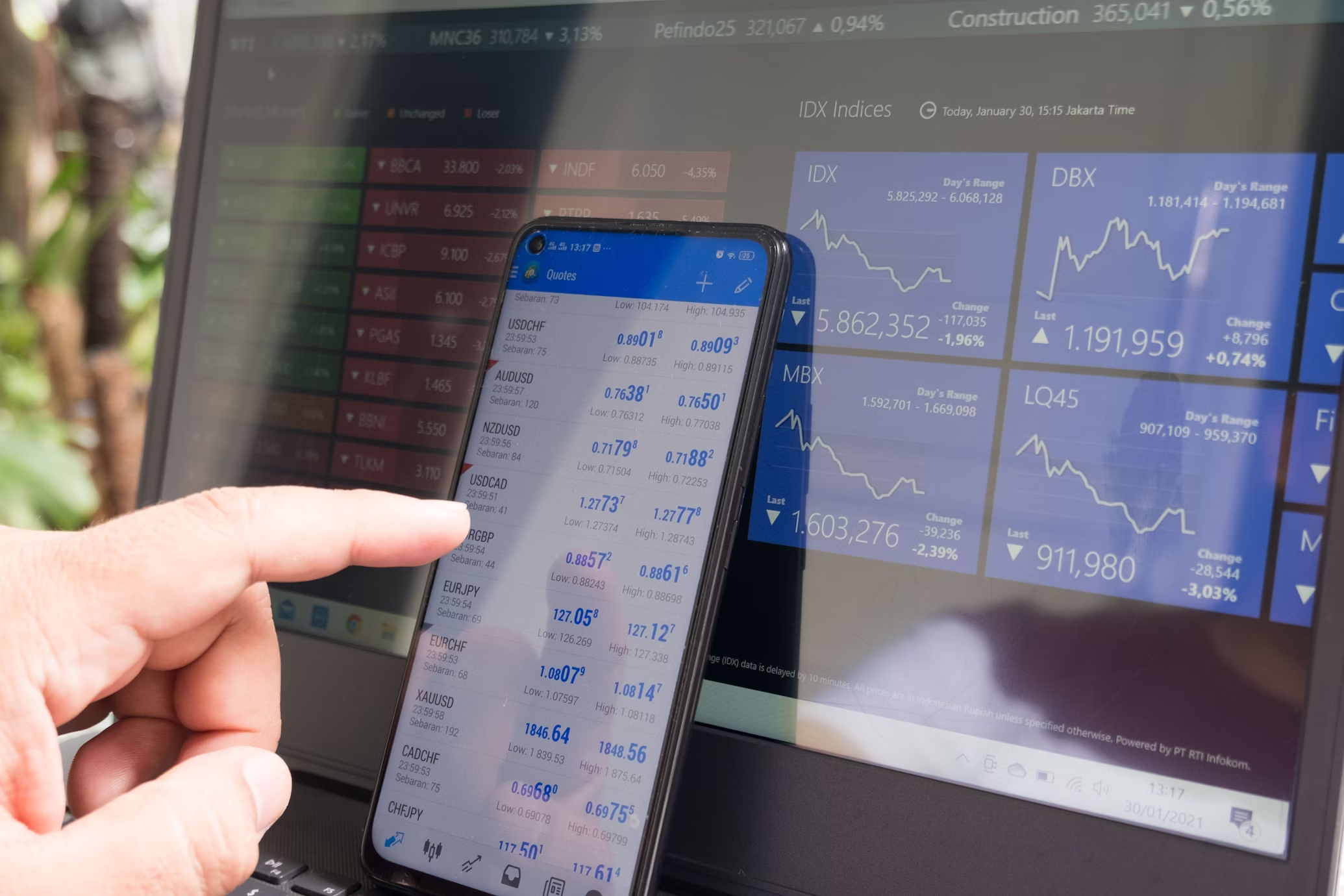The allure of trading forex from your smartphone is powerful, and in 2025, mobile trading apps are more sophisticated than ever. However, the convenience comes with a significant risk: the proliferation of unregulated and outright fraudulent platforms. Protecting your capital starts with identifying truly safe and regulated forex apps. Here’s a comprehensive guide to help you navigate the landscape:
1. The Golden Rule: Regulation, Regulation, Regulation!
This is the absolute cornerstone of a legitimate forex app. A regulated broker operates under the strict oversight of a reputable financial authority. This ensures they adhere to high standards of transparency, financial stability, and client protection.
- Verify the Regulator: Don’t just take their word for it. Look for the regulatory body’s name and license number prominently displayed on the app and the broker’s official website. Then, cross-reference this information directly on the regulator’s official website. Do not trust links provided by the broker; navigate to the regulator’s site independently and use their search tools.
- Top-Tier Regulators (Examples): In 2025, look for licenses from well-known and stringent bodies. These include:
- United States: CFTC (Commodity Futures Trading Commission), NFA (National Futures Association)
- United Kingdom: FCA (Financial Conduct Authority)
- Australia: ASIC (Australian Securities and Investments Commission)
- Europe: CySEC (Cyprus Securities and Exchange Commission – for EU operations), BaFin (Germany), AMF (France)
- Canada: CIRO (Canadian Investment Regulatory Organization)
- Switzerland: FINMA (Swiss Financial Market Supervisory Authority)
- Segregated Client Funds: Regulated brokers are typically required to segregate client funds from their operational capital. This means your money is held in separate accounts and cannot be used by the broker for their own business expenses, adding a crucial layer of security.
2. Scrutinize the Broker Behind the App:
Remember, the app is just the interface. You’re entrusting your money to the broker.
- Reputation and Track Record: Research the broker’s history. How long have they been in business? What do independent reviews say? Look for consistent patterns of complaints, especially regarding withdrawals or predatory practices. Websites like Trustpilot, forex forums, and industry review sites can offer insights.
- Physical Address and Contact Information: A legitimate broker will have a verifiable physical address and clear, accessible contact channels (phone, email, live chat). Be suspicious of apps with only generic email addresses or messaging app contact numbers.
- Transparency of Fees and Spreads: Legitimate brokers clearly outline their fee structure, including spreads, commissions, overnight financing fees, and any inactivity charges. Be wary of apps that are vague about costs or have unusually wide spreads on major currency pairs.
- Withdrawal Policy: A common tactic of fraudulent apps is to make it difficult or impossible to withdraw your funds once deposited. Review the withdrawal policy carefully. Are there excessive fees? Unreasonable processing times? Reports of delayed or denied withdrawals?
3. Evaluate the App Itself:
While regulation is primary, the app’s quality and features also offer clues.
- App Store Presence and Reviews: Download apps only from official app stores (Apple App Store, Google Play Store). Pay attention to the number of downloads, average rating, and user reviews. Be cautious of apps with very few reviews, or an unusually high number of generic, overly positive reviews.
- Professional Design and Functionality: A legitimate app will typically have a polished, professional design and smooth functionality. Broken links, poor grammar, misspellings, or a clunky interface can be red flags.
- Security Features: Look for biometric login (fingerprint/face ID), two-factor authentication (2FA) for logging in and withdrawals, and encryption.
- Demo Account Availability: Reputable apps offer a free demo account to practice trading with virtual funds. This allows you to test the platform’s functionality and your trading strategy without risking real money.
- Educational Resources: Many legitimate apps provide educational materials, market analysis, and news feeds. This shows a commitment to helping their users.
4. Red Flags to Watch Out For (The Siren Songs of Scams):
- Guaranteed Profits/Unrealistic Returns: Any app or individual promising guaranteed profits, “get rich quick” schemes, or abnormally high returns with little to no risk is almost certainly a scam. Forex trading involves significant risk, and losses are common.
- High-Pressure Sales Tactics: If you’re being pressured to deposit funds quickly, take advantage of “limited-time offers,” or feel rushed into decisions, disengage immediately.
- Unsolicited Contact: Be highly skeptical of anyone who contacts you out of the blue (via social media, messaging apps, unsolicited emails) to discuss forex trading, especially if they push you to move the conversation off-platform.
- Demanding Crypto Payments: Many scam apps only accept deposits in cryptocurrencies like Bitcoin or Ethereum. This makes tracing funds much harder.
- Claims of “Secret” Algorithms or Indicators: Legitimate trading strategies are based on analysis and understanding, not magic formulas.
- New or Unverifiable Track Records: Be wary of apps or brokers that claim a long history but whose domain registration or online presence is very recent.
By diligently applying these steps, you can significantly enhance your ability to identify safe and regulated forex apps in 2025, protecting your capital and ensuring a more secure trading experience. Your due diligence is your first and best line of defense.


